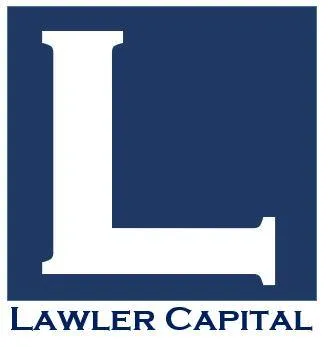Frequently Asked Question 7
What is the home buying process from start to finish?

The Pre-Approval – That seems pretty simple, of course there is a little more to it, but it all starts with finding out how much you can afford/qualify for.
House Hunting – From there you can begin searching for a home within your budget/approval amount.
Making the Offer – Once you find the first home you want to make an offer on, remember: If your offer does not get accepted, continue looking for other homes and do not get discouraged! Not all offers get accepted; it may take several offers on several homes before one of them gets accepted.
Earnest Money Deposit/Opening Escrow – When your offer does get accepted, you will be required to put an earnest money deposit with escrow. This deposit tells the seller’s that you are serious about purchasing the home. Don’t worry, the earnest money deposit is part of your down payment and those funds will be held at escrow for safe keeping until the purchase transaction is complete. During the closing of your purchase transaction, your earnest money deposit will be applied to your down payment. The seller’s agent will open escrow with the seller’s chosen escrow company.
Loan Disclosures – Now that you have made your earnest money deposit and escrow has been opened, your lender (hopefully me) will send you a set of loan disclosures specific to that property, the purchase price, and the loan amount on the purchase contract.
Loan Processing and Underwriting – Once you have authorized (signed) the loan disclosures, your loan will go to processing and underwriting. This is where everything is reviewed and verified by the lender before your loan funds:
Your employment history & income = Verified
Your down payment & the source of those funds = Verified
Your credit scores and credit history = Verified
The property history & value = Verified
Your homeowner’s insurance & coverage amount = Verified
Your mortgage insurance & coverage = Verified (if applicable)
This is why it is so important to work with a lender that is giving you a solid and accurate preapproval! Once your loan goes to processing and underwriting, everything is verified before
your final loan documents are produce or your loan can fund.
Inspection Period – While your loan is in processing and underwriting, you will be requested by the seller or seller’s agent to order an appraisal and home inspection. These are 2 separate inspections.
Appraisal – This is when a certified appraiser will inspects the property for the sole purpose of determining the value of the property. While the appraiser will note any obvious damage to the property that might affect the value (missing flooring, deteriorating roof, big cracks in the wall, etc.), the appraiser will not perform the detailed inspection that a home inspector will, such as: checking electrical outlets and boxes, crawl into the attic to examine the interior structure of the roof, etc.). The appraisal will then use comparable properties within the neighborhood that have recently sold to determine a valuation for the home.
Home Inspection – While most loans no longer require a home inspection, this your 1 chance to have a professional inspect your “soon to be home” for needed repairs and defects that were not listed on the purchase contract. I highly recommend that everyone order a home inspection. If your home inspection does reveal items that need attention, you are able to list those items and request that they be fixed by the seller prior to closing the transaction or have the seller give you a concession (credit) for the repairs. Your realtor will assist you during this inspection period.
Final Loan Approval – By the time the home inspection and appraisal have been completed; underwriting will review the appraisal and home inspection (if listed on the purchase contract), if both are satisfactory for your loan, a final loan approval will be issued.
Removal of Loan Contingencies – At this time, you will be asked by the seller to remove all contingencies, telling the seller, “There is nothing that will stop the closing of this transaction on your end.” ONCE YOU REMOVE ALL CONTINGENCIES, YOUR EARNEST MONEY DEPOSIT BECOME NON-REFUNDABLE.
Final Loan Documents – About 1-2 days later, depending on the desired timeframe of you, the seller, and the purchase contract, your loan documents will be issued and you will sign them with a notary.
Funding & Keys – Many times in California, it can take 1-3 days for your loan to fund once loan documents have been signed. This is because California is known as a “dry state” meaning, the ink must dry before your loan funds. More specifically, after you sign loan documents there will likely be a few funding conditions that the lender will need to clear before your loan actually funds, such as: review that the loan documents were signed correctly, confirm that you have deposited the remaining portion of your down payment in escrow, and other minor items. Once your loan has funded, your realtor will meet with you to hand you the keys to your new home. Congratulations, you just bought a house!
